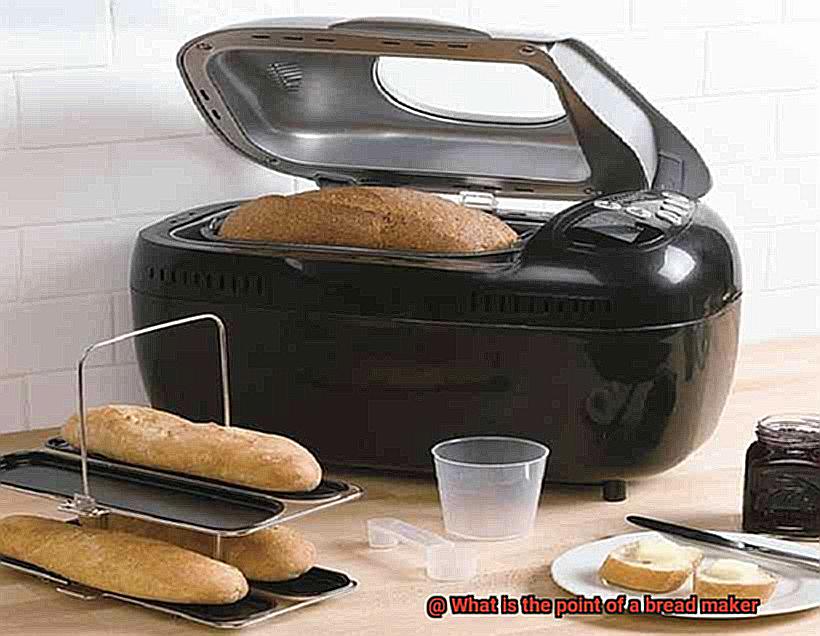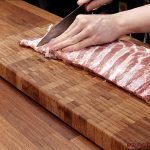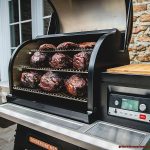Do you find yourself constantly disappointed by store-bought bread that just doesn’t hit the spot? Do you long for the aroma of freshly baked bread wafting through your home without all the effort? Well, let me introduce you to the wonder that is a bread maker.
A bread maker is a game-changer when it comes to making fresh, delicious bread in the comfort of your own kitchen. No more messy kneading or rising times to worry about – simply set it and forget it. But you might be wondering, what’s the point of a bread maker anyway? And why should you consider adding one to your kitchen arsenal?
For starters, convenience is key. With programmable settings and automatic kneading and rising times, a bread maker frees up your time and energy so you can focus on other things while your bread bakes to perfection. Plus, you can customize your bread to suit your preferences and dietary needs – whether that means gluten-free or sourdough.
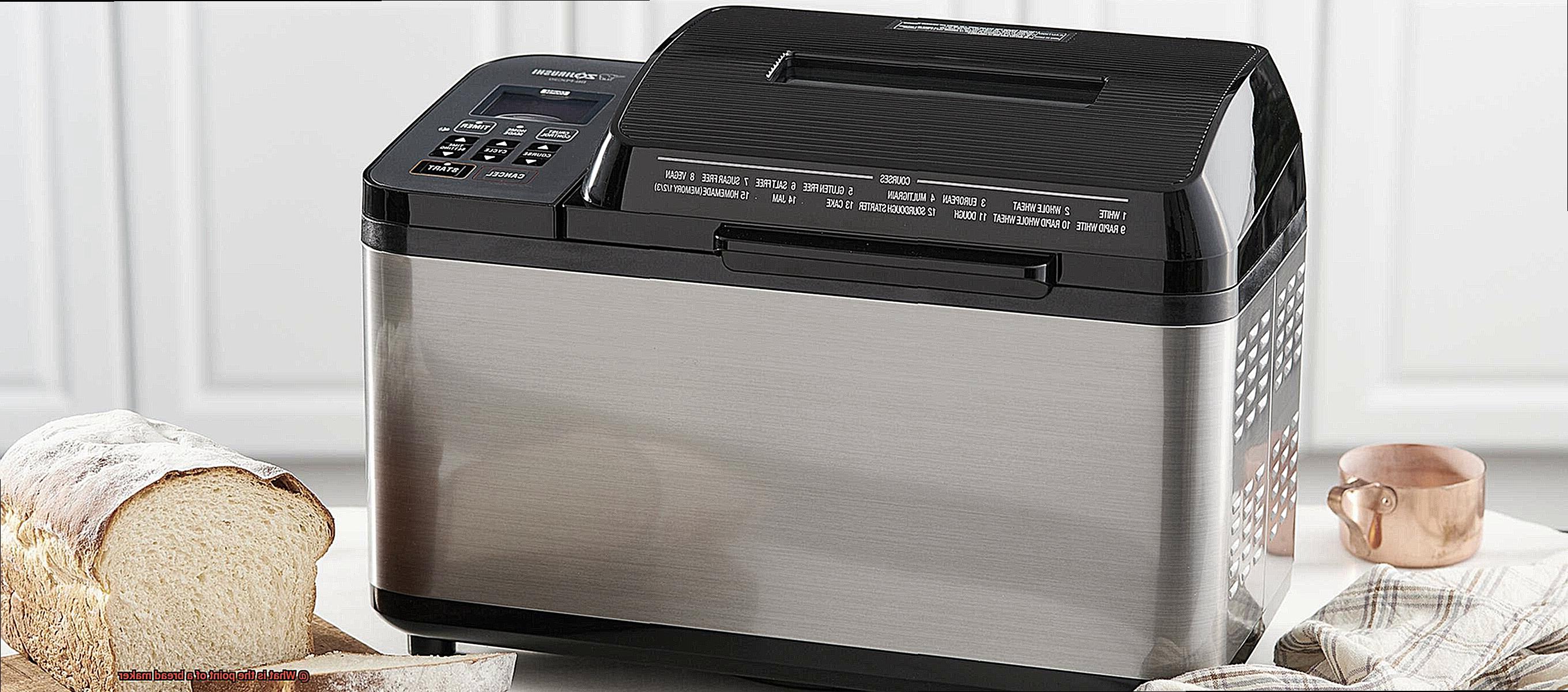
But wait, there’s more. A bread maker also offers significant cost savings over time. Store-bought loaves can add up quickly, but making your own at home is much more affordable in the long run. And with complete control over ingredients and quality, you’re guaranteed a healthier and fresher end product.
So if you’re ready to say goodbye to lackluster loaves forever, join us as we dive deeper into the world of bread makers. We’ll explore different types and features so you can choose the perfect one for your needs. Get ready to savor warm, homemade goodness with ease thanks to this kitchen must-have.
Contents
Benefits of Using a Bread Maker
This convenient kitchen appliance offers a plethora of benefits that make it a worthwhile investment.
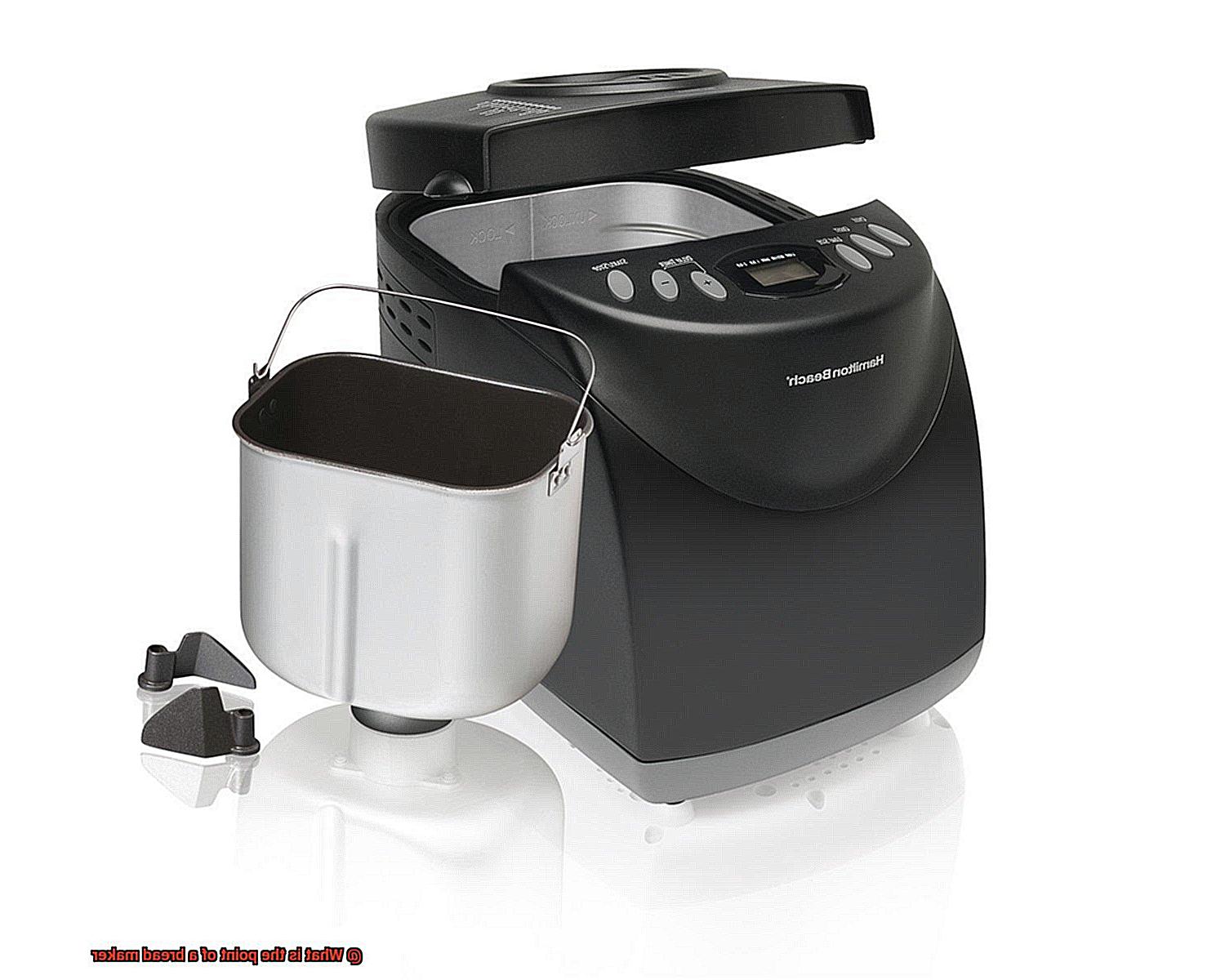
One of the most significant advantages of using a bread maker is the ability to have fresh, homemade bread whenever you want. Unlike store-bought bread that may have been sitting on the shelves for days or even weeks, a bread maker can produce freshly baked bread in just a few hours. The machine does all the work for you, from mixing and kneading to proofing and baking. Plus, with a timer function, you can wake up to warm bread or have it ready for dinner when you get home from work.
Another benefit of using a bread maker is the complete control over the ingredients that go into your bread. Many store-bought breads contain preservatives and other additives that may not be good for your health. With a bread maker, you can ensure that your bread is made with only the ingredients that you choose. You can opt for organic flour, whole grains, or other healthy ingredients that may not be available in commercial bread.
Using a bread maker can also save you money in the long run. While the initial investment may seem high, the cost of making your own bread is much lower than purchasing it from the store. Additionally, you can customize your bread to suit your tastes and dietary needs, which can also save you money on specialty or artisanal breads.
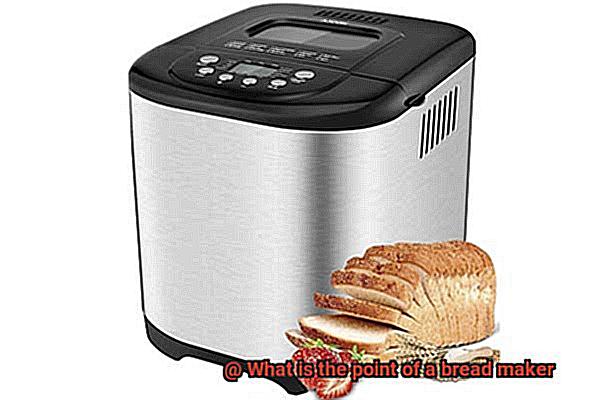
Finally, using a bread maker allows you to experiment with different types of bread that may not be available at your local grocery store. You can try out different recipes and ingredients to create unique and delicious breads that you may not have been able to find otherwise. Whether it’s sourdough, rye, or gluten-free bread, the possibilities are endless.
Convenience and Control Over Ingredients
A bread maker not only saves you time and effort, but it also puts you in complete control over the ingredients used in your bread.
With a bread maker, making homemade bread has never been easier. Simply add the ingredients to the machine, select your desired settings, and let it do all the hard work for you. No more kneading by hand or waiting for the dough to rise – the bread maker takes care of everything from start to finish.
But convenience is just the tip of the iceberg when it comes to using a bread maker. You also have the power to customize your bread to meet your exact specifications. Whether you prefer organic or whole-grain flour, want to add seeds or nuts for extra flavor and nutrition, or even experiment with different types of flours like spelt or rye, a bread maker makes it easy to create a loaf that meets your dietary needs and preferences.
And by avoiding preservatives and additives commonly found in store-bought bread, homemade bread made with a bread maker is not only healthier but also fresher and tastier. You can adjust the amount of salt or sugar used in the recipe to create a loaf that perfectly suits your taste buds.
In fact, here are some additional benefits of using a bread maker:
- The machine does all the work for you, meaning you can set it and forget it while tending to other tasks.
- Bread makers are versatile and can make a variety of different types of bread such as sourdough, gluten-free, and even pizza dough.
- Making your own bread is a cost-effective option in the long run as store-bought bread can be expensive, especially if you have dietary restrictions.
- Homemade bread is an impressive addition to any meal or gathering and can even be given as gifts.
Cost-Saving Benefits of Making Your Own Bread
Not only is it a cost-effective way to make bread at home, but the benefits of making your own bread go beyond just saving money.
Let’s talk about the initial investment in a bread maker. While it may seem costly, it’s actually a long-term investment that can save you money in the future. Store-bought bread can be expensive, especially if you prefer specialty or organic options. By making your own bread, you have control over the ingredients and their quality. Say goodbye to preservatives and additives commonly found in store-bought bread.
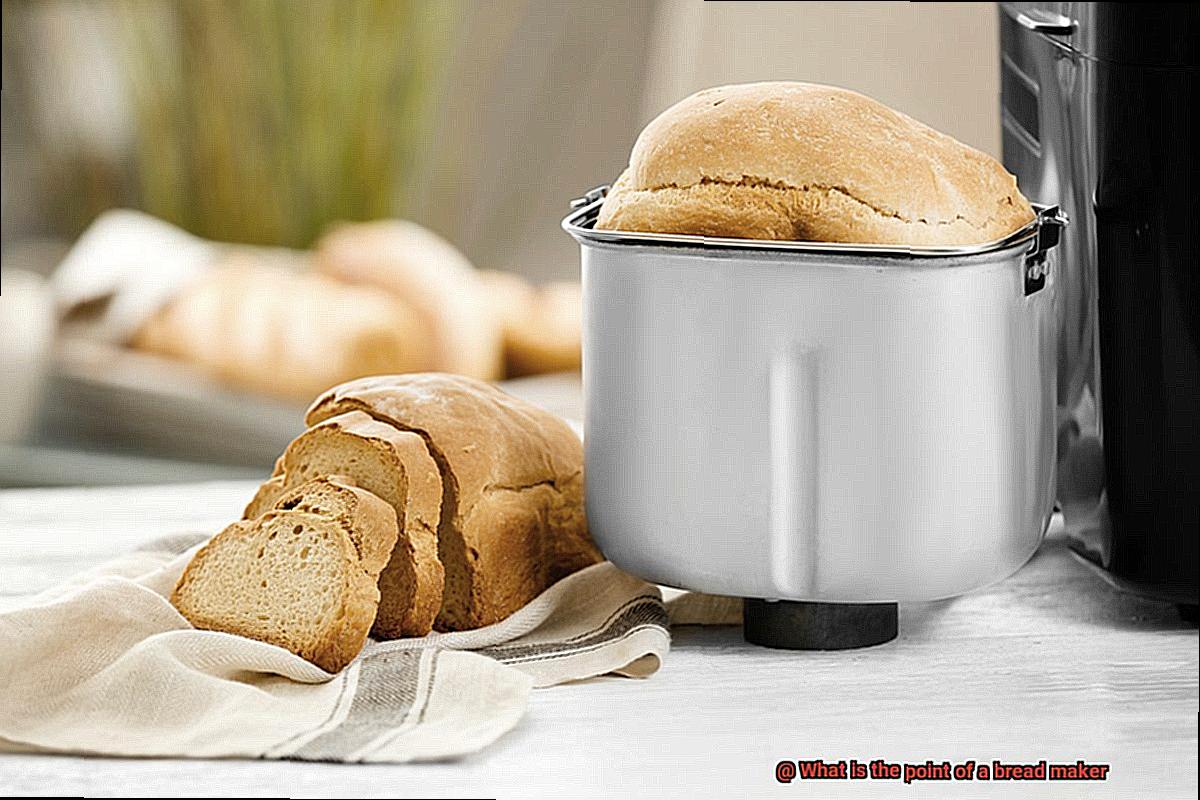
One of the biggest advantages of making your own bread is the ability to use up ingredients you already have on hand. Have some leftover seeds or nuts? Toss them into your bread dough for added flavor and texture. This not only reduces food waste but saves you money on groceries.
And what about when you make too much bread? Don’t worry, homemade bread freezes well. Slice it up and freeze it for later use. No need to run to the store for fresh bread – just defrost a slice or two as needed.
But making your own bread isn’t just about saving money – it’s also about the experience. There’s something incredibly satisfying about creating something from scratch and enjoying the delicious aroma of freshly baked bread filling your home. With a bread maker, you can experiment with different recipes and ingredients to create unique and tasty loaves of bread.
In summary, investing in a bread maker and making your own bread is a cost-effective way to enjoy healthier and more enjoyable alternatives to store-bought options. To recap, here are some key points:
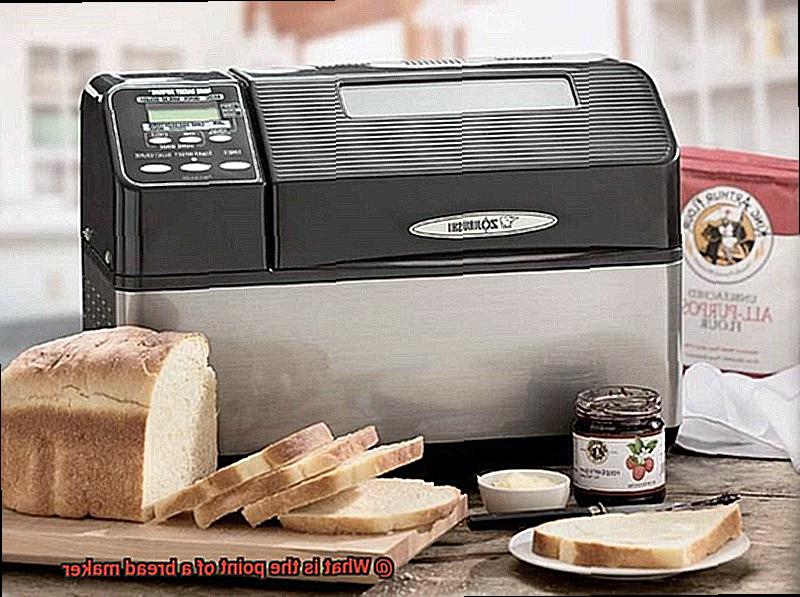
- Making your own bread allows you to control the ingredients and their quality.
- Using up ingredients you already have on hand reduces food waste and saves money on groceries.
- Homemade bread freezes well, which means you always have fresh bread on hand.
- Making your own bread with a bread maker can be a fun and rewarding experience.
Types of Bread Makers Available
A bread maker may be the solution to your baking woes. But with so many types of bread makers available, it can be overwhelming to choose the right one for you. In this article, we’ll delve into the different types of bread makers and their features to help you make an informed decision.
Horizontal Loaf Pan Bread Makers
The most popular type of bread maker is the horizontal loaf pan, which produces rectangular loaves resembling traditional store-bought bread. These machines typically have various settings that allow you to customize your recipe, including crust color, dough consistency, and baking time. One perk of this type of bread maker is that it often has a viewing window, allowing you to monitor your dough’s progress. However, horizontal loaf pan bread makers tend to be larger and take up more counter space than other types.
Vertical Loaf Pan Bread Makers
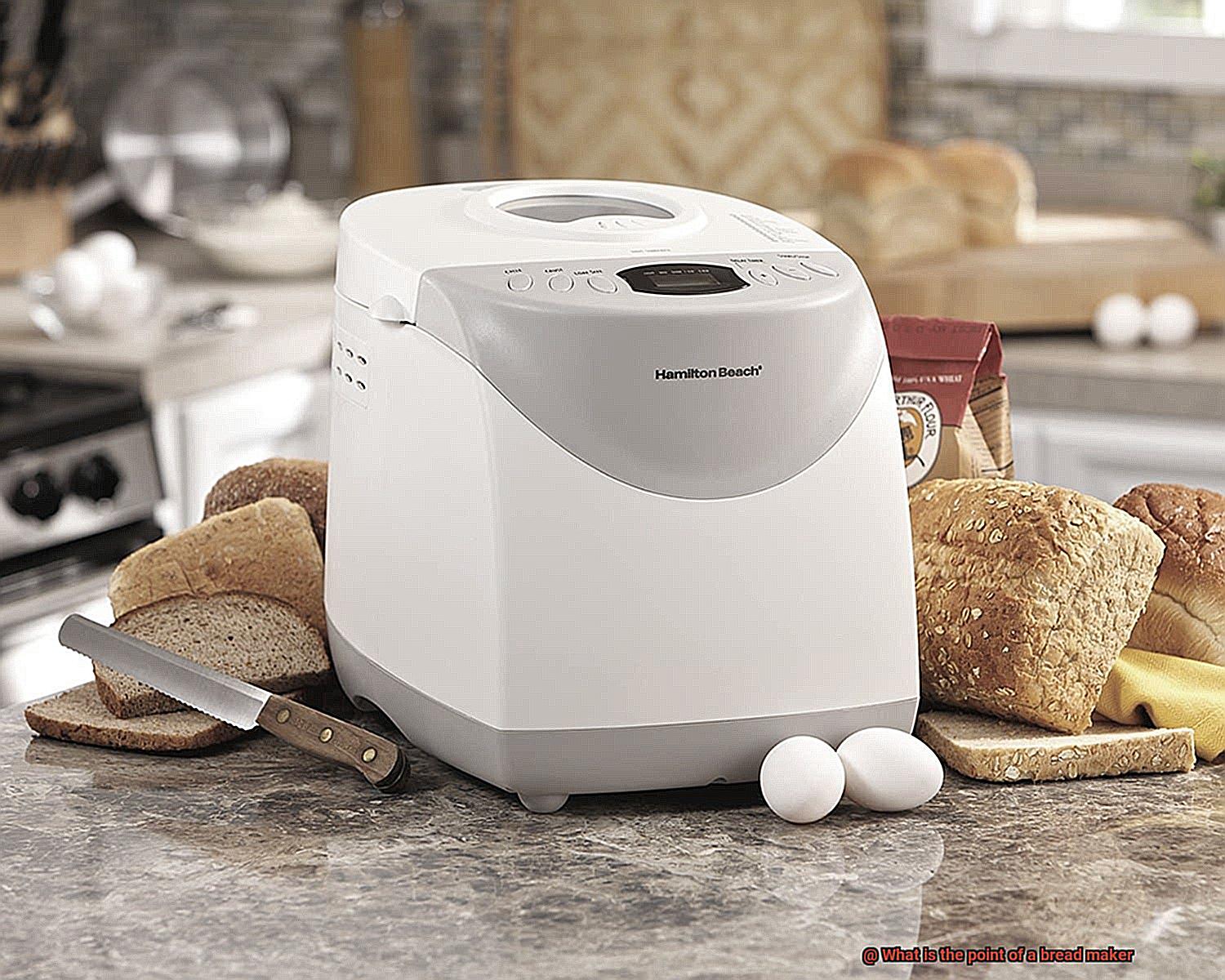
Vertical loaf pan bread makers produce tall, cylindrical loaves that resemble bakery-style bread. They feature a vertical baking pan that allows the dough to rise higher before baking. This type of bread maker usually comes equipped with a delay timer that lets you set the machine to start baking at a later time, so you can wake up to freshly baked bread in the morning. One downside is that because of their shape, vertical loaf pan bread makers can sometimes lead to unevenly cooked bread.
Convection Oven Bread Makers
Convection oven bread makers are a newer type of machine that uses hot air to bake the bread instead of heating elements. This results in faster and more even cooking and a crispier crust. Although these machines can be more expensive and require more maintenance than other types of bread makers, they are worth considering if you’re looking for professional-quality results.
Compact Bread Makers
Compact bread makers are smaller in size and ideal for those with limited counter space. They are designed to make smaller loaves of bread and usually come with fewer customizable settings than horizontal or vertical bread makers. Compact bread makers are also more affordable than their larger counterparts, making them a great option for beginners.
Specialty Bread Makers
In addition to the main types of bread makers, there are also specialty bread makers designed for specific types of bread, such as gluten-free or sourdough bread makers. These machines come with unique features and settings tailored to the specific type of bread you want to make, ensuring perfect results every time.
Tips for Choosing the Right Bread Maker
If so, a bread maker is a must-have appliance for your kitchen. However, with the numerous options available in the market, choosing the right one can be overwhelming. Here are five factors to consider when choosing the right bread maker:
Type of Bread
The first factor to consider is the type of bread you want to make. Some bread makers are designed specifically for certain types of bread, such as gluten-free or sourdough. Make sure you choose a model that can handle the type of bread you want to bake.
Size
The second factor to consider is the size of the bread maker. If you have a large family or plan on baking frequently, it may be worth investing in a larger model. On the other hand, if you have limited counter space or only plan on making small loaves, a compact bread maker may be a better choice.
Features
The third factor to consider is the features offered by different bread makers. Some machines come with programmable settings that allow you to customize things like crust color and loaf size, while others may have more basic options. It’s important to determine which features are important to you before making a purchase.
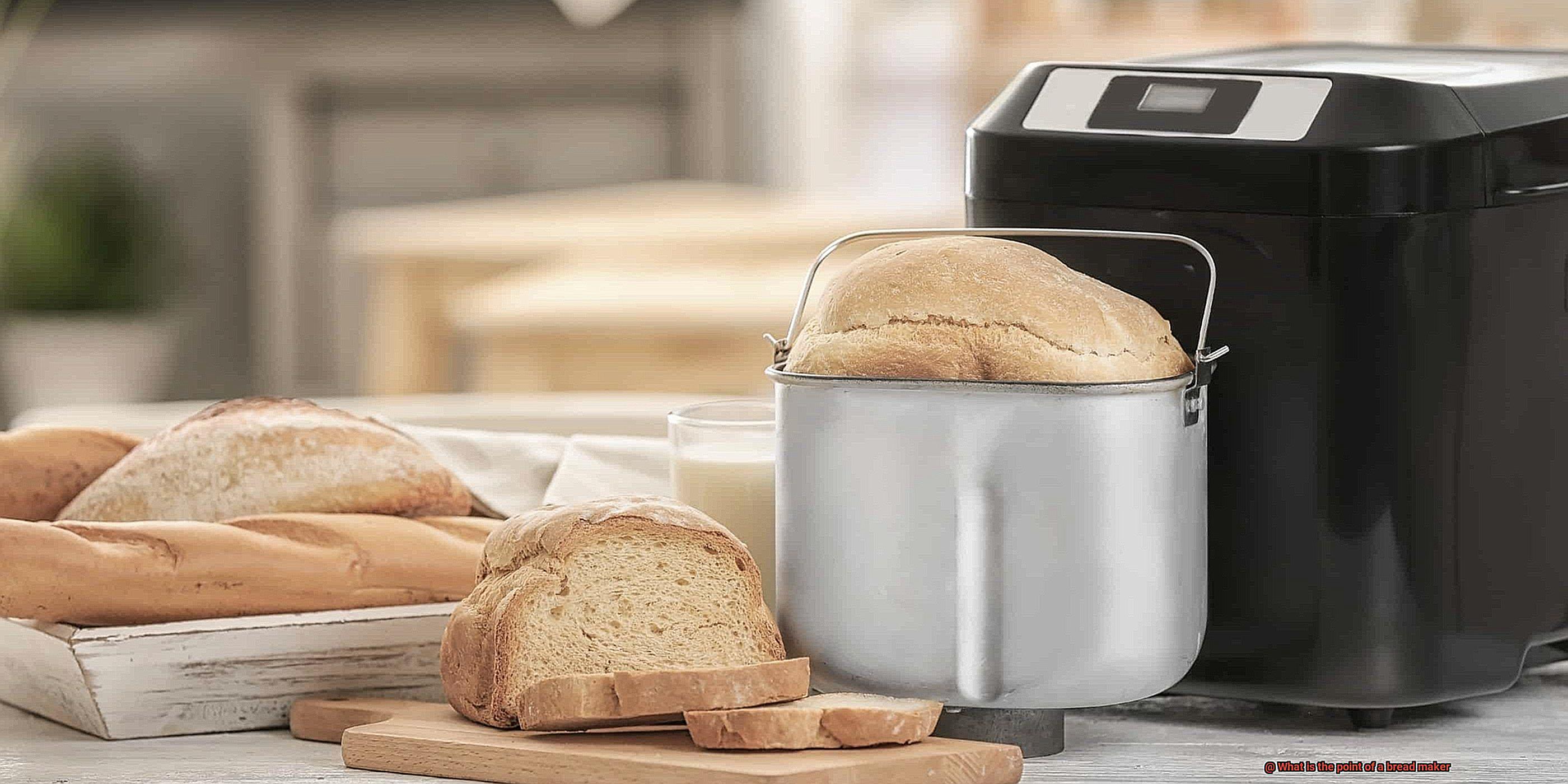
Ease of Use
The fourth factor to consider is ease of use. Look for models with intuitive controls and easy-to-read displays. Some models even come with pre-programmed settings for different types of bread, making it even easier to use.
Price
The final factor to consider is price. While more expensive models may come with additional features and higher-quality materials, they may not be necessary for your needs. Decide on a budget before shopping and look for models that fit within your price range while still meeting your needs.
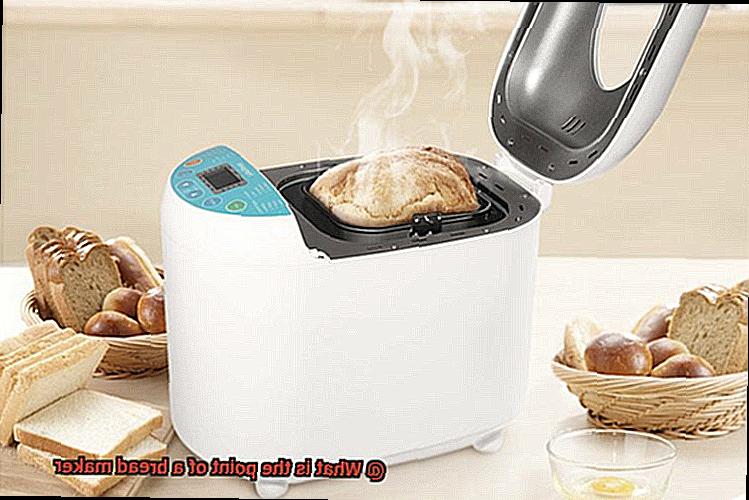
Different Types of Recipes to Try in a Bread Maker
Not only does it offer convenience, but it also allows you to control the ingredients in your bread. Here are five types of recipes to try in a bread maker that will take your baking game to the next level:
First up is the classic basic bread recipe. This recipe is perfect for beginners as it requires only a few ingredients such as flour, yeast, salt, sugar, and water. The beauty of this recipe is that it can be easily customized with your favorite herbs or spices, making it versatile and perfect for any occasion.
For those who prefer a healthier option, try the whole wheat bread recipe. It typically includes whole wheat flour, honey, yeast, salt, and water. Not only does this recipe offer a more nutritious alternative to white bread, but it also has a richer flavor and texture that will leave you feeling satisfied.
If you’re sensitive to gluten or have celiac disease, don’t fret. There are plenty of gluten-free bread recipes that can be made in a bread maker using alternative flours like rice flour, almond flour, and tapioca flour. You don’t have to miss out on freshly baked bread just because of dietary restrictions.
For those with a sweet tooth, try making sweet bread. From cinnamon raisin bread to chocolate chip banana bread, there’s something for everyone. Sweet bread adds a fun twist to baking with your bread maker and is perfect for breakfast or dessert.
Lastly, did you know that you can make pizza dough in a bread maker? Simply add flour, yeast, salt, sugar, olive oil, and water to your bread maker and let it do the work for you. Homemade pizza is now within reach without having to leave your home. Plus, you can customize it with your favorite toppings for a truly unique meal.
How to Use a Bread Maker
Making homemade bread has never been easier with the help of a bread maker. Whether you’re a seasoned baker or just starting out, a bread maker is a convenient tool that can help you create delicious loaves of bread in no time. Here’s how to use a bread maker to make fresh homemade bread.
Step 1: Gather Your Ingredients
Make sure you have all the ingredients you need to make your bread. You’ll need flour, yeast, sugar, salt, water, and any additional ingredients you want to add, such as raisins or nuts. It’s important to ensure that your ingredients are fresh and at room temperature before you start.
Step 2: Prepare the Bread Pan
Insert the kneading blade into the bottom of the bread pan. Then add your ingredients in the order specified in your bread maker’s recipe book. Typically, you’ll need to add liquids first followed by dry ingredients such as flour, sugar, and salt, and then yeast.
Step 3: Choose Your Settings
Select the desired settings on your bread maker. Most bread makers have pre-programmed settings for different types of bread such as white, whole wheat, or gluten-free. You can also adjust the settings for crust color and loaf size. Get creative with your options and try different settings for different recipes.
Step 4: Start the Bread Maker
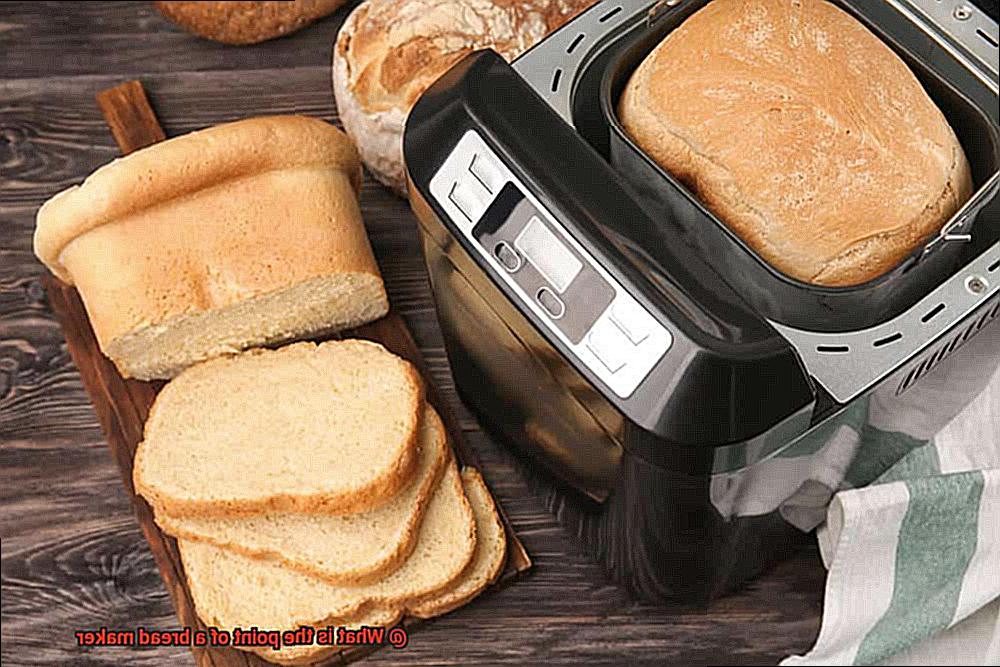
Press the start button and let the bread maker do its job. The machine will mix and knead the dough before allowing it to rise. After rising, the machine will bake the bread for a set amount of time depending on the selected settings. It’s important not to open the lid or disturb the bread maker during this time as it can affect the rising and baking process.
Step 5: Remove and Cool Your Bread
When the bread is finished baking, carefully remove it from the pan using oven mitts or a towel as it will be hot. Allow it to cool on a wire rack before slicing and serving. This will ensure that your bread stays fresh and doesn’t get soggy.
Common Problems with Bread Makers and Solutions
The heavenly aroma of freshly baked bread is not just a treat for the senses but also a staple in many households. However, even the best bread makers can encounter problems that may lead to less than perfect loaves. As an expert on common problems with bread makers and solutions, I have compiled a comprehensive list of tips and tricks to help you troubleshoot any issues you may encounter and continue to enjoy freshly baked bread without any hassle.
Problem 1: The bread is too dense or heavy
Solution: If your bread is turning out too dense or heavy, it could be because the dough is too dry or too much flour has been added. The solution is simple – add a little bit more water to the dough, or use less flour next time.
Problem 2: The bread doesn’t rise properly
Solution: If your bread doesn’t rise properly, it may be due to old or inactive yeast. The solution is to try using fresh yeast or adding a little bit of sugar to the dough to help activate the yeast.
Problem 3: The bread is too dry
Solution: If your bread is turning out dry, it’s because there isn’t enough liquid in the dough. The solution is to add more water or milk to the dough next time.
Problem 4: The crust is too hard or thick
Solution: If the crust is too hard or thick, it could be because the bread maker’s heating element is too hot. Try adjusting the temperature of the bread maker or removing the bread from the machine a little earlier.
Problem 5: The bread maker is making strange noises
Solution: If your bread maker is making strange noises, it could be because it needs to be cleaned or because there is something wrong with its internal mechanism. Try cleaning the machine thoroughly. If that doesn’t work, consider having it repaired by a professional.
In addition to these common problems, there are a few other tips that can help you achieve the perfect loaf. First, always use fresh ingredients and follow the recipe closely. Second, make sure to measure your ingredients accurately. Third, ensure that the bread maker is placed on a stable surface and levelled properly. Lastly, don’t forget to clean your bread maker regularly to avoid any build-up or residue.
wR4iwCtky_s” >
Conclusion
In conclusion, a bread maker is the perfect appliance for those who love fresh homemade bread but don’t have the time or expertise to make it by hand.
It takes the guesswork out of the process and produces consistent results every time. With its convenience and versatility, a bread maker can also be used to make dough for pizzas, bagels, and even cakes.
Investing in a high-quality bread maker can save you money in the long run and provide you with delicious and healthy baked goods that your whole family will enjoy.

